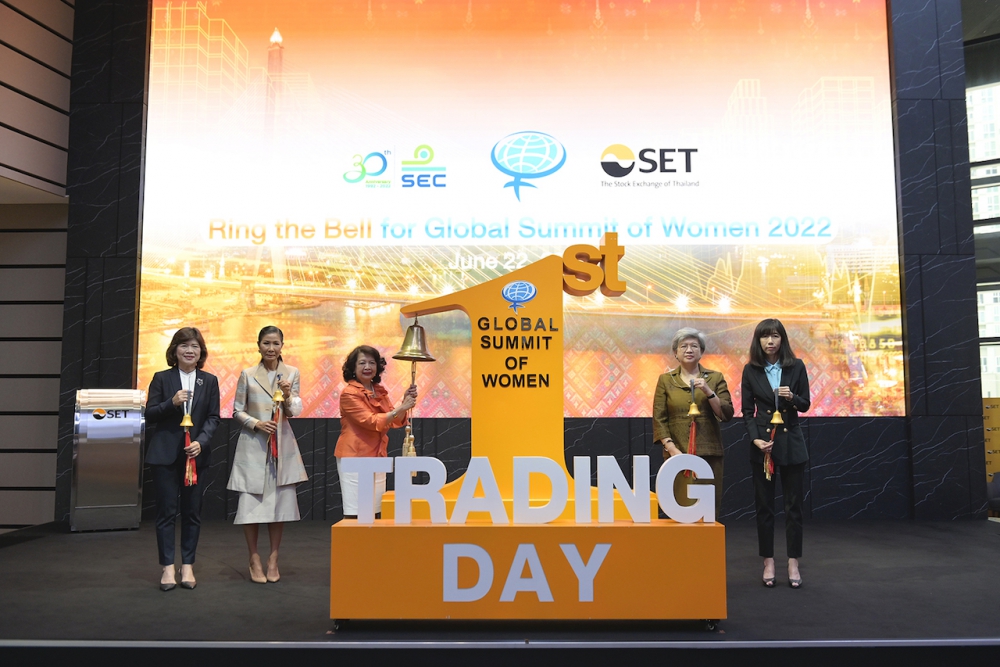Asia Pacific Companies Lag in Placing Women on Boards
Overall Percentage of Women Directors of 200 largest companies globally only increases slightly to 20.2%
While the percentage of women board directors serving Europe’s largest companies remains higher than in any other region at 36.9%, it is offset by the low percentage in the Asia Pacific region at 10.7%, resulting in the global average of 20.2% women’s board representation in 2022.
This means that in the 18 years that Corporate Women Directors International (CWDI) has surveyed board composition of the 200 largest companies in the world as ranked by Fortune, women on boards increased only 9.8 percentage points since 2004. Part of the reason lies in the changed composition of the Fortune listing, where Asia Pacific companies –91--now dominate the listing of the 200 largest with China’s 63 companies forming the majority, whose boards only have 8.9% women directors. Among companies with 0 women directors, 26 are based in China. The growth of Asia Pacific companies impacts women’s presence in corporate leadership globally, since the largest companies tend to be pacesetters.

Europe’s impact is in the pioneering use of initiatives like quotas and the inclusion of gender diversity in corporate governance codes to speed up women’s access to board seats – strategies that have spilled over to other parts of the world. The country with the highest percentage of women directors globally at 46.5% is France, whose 2011 quota law accounts for the progress it has made. Among the Top Ten list of best performing companies in appointing women directors, 11 are based in Europe.
The other 10 best performers in the Top Ten are based in the US, whose companies averaged 33% women directors. A non-quota country, the US still lags behind Europe but is catching up through its own bottom –up institutional shareholder strategy involving collaboration among pension funds, social investment and some equity funds, which have contacted companies with zero women on boards to urge the inclusion of gender in board nominations. Recently, the NASDAQ stock exchange also asked member companies to disclose their board composition and recommended that at least 2 directors must be women or members of minority groups.
Progress indicated by these best performing companies is evidenced by the fact that to be included in this Top Ten group required at least 45% women directors (compared to 25% in 2004), eight companies reached parity boards and beyond, while all exceeded the ‘critical mass’ metric of 30% when women are most impactful on a Board.
“From 2004 when CWDI conducted its first study of women board directors of the Fortune Global 200 to today, the dramatic increases in women’s board appointments happened due to proactive steps that accelerate women’s access to these leadership roles. Change does not happen without pressure, whether from a quota, a stock exchange directive, institutional shareholders, or women themselves,” says CWDI Chair Irene Natividad. Currently, there are 33 countries with quotas for women directors, for example, and the report shows that companies based in countries with quotas averaged 38.5% women directors compared to only 22% for companies in countries without legal mandates.
To look at where future board directors might emerge, the CWDI report surveyed women in senior officer roles in the Fortune Global 200 companies and found only 17.6% in those positions, indicating that even the largest companies with maximum public exposure have found it more difficult to ‘grow’ women internally into C-suites than to bring women into board seats from the outside.
US companies dominated the Top Ten list of best performers with higher percentages of women directors at 26.9%, followed by Europe at 22.4% and Asia Pacific at a distant third at 6.3%. However, China bested its peer Asian companies with 8.6% women in senior officer roles in its companies in the Fortune listing. Alibaba, for instance, made it to the Top Ten list with 5 out of 13 senior officers being women or 38.5%, but it is an outlier among other Chinese companies whose percentages were much lower. Topping the list is US pharma/food company Walgreens with women dominating its senior executive ranks at 62.5%.
“We need to work harder to improve the pipeline of women in senior officer roles, because without a ready pool of board-ready women, parity on boards will be difficult to reach globally,” adds Natividad.









